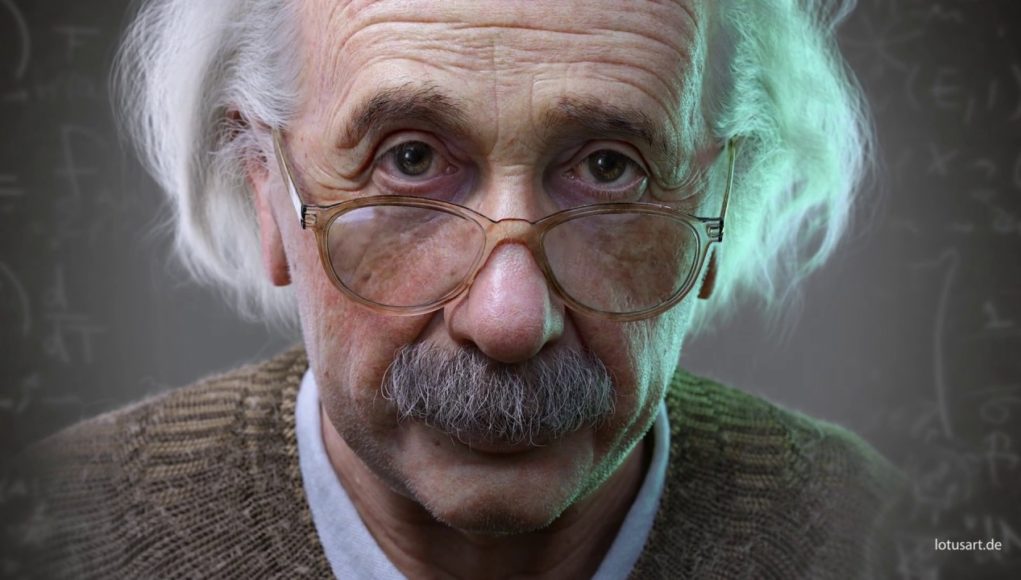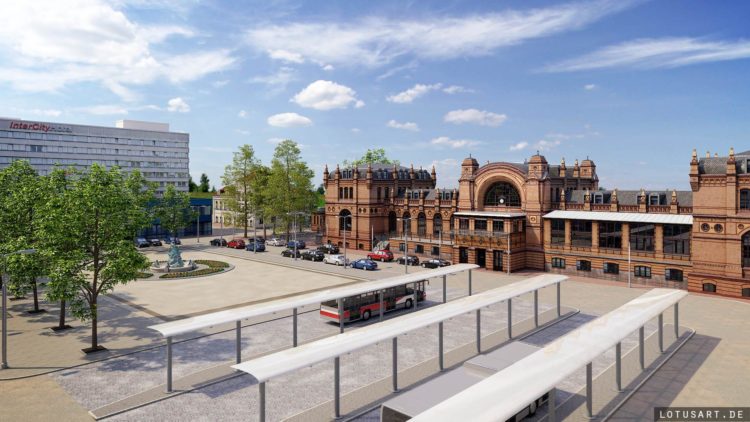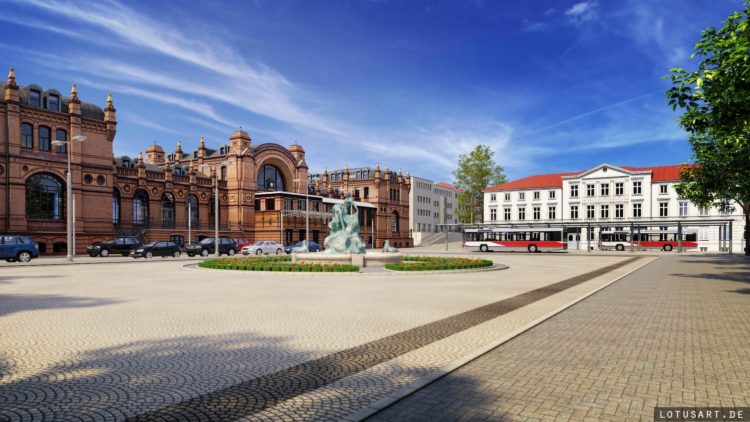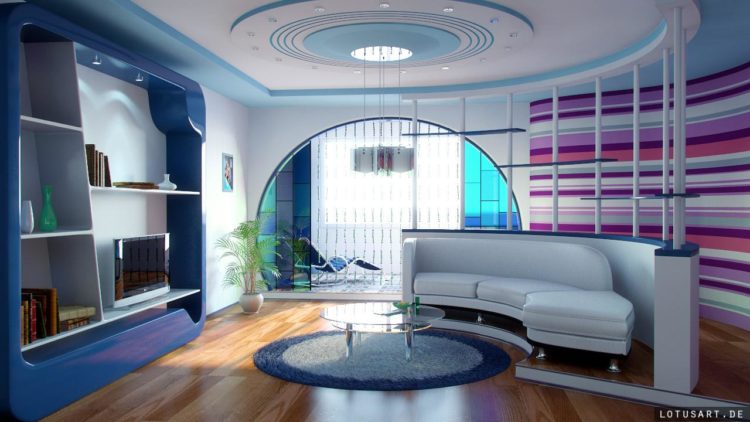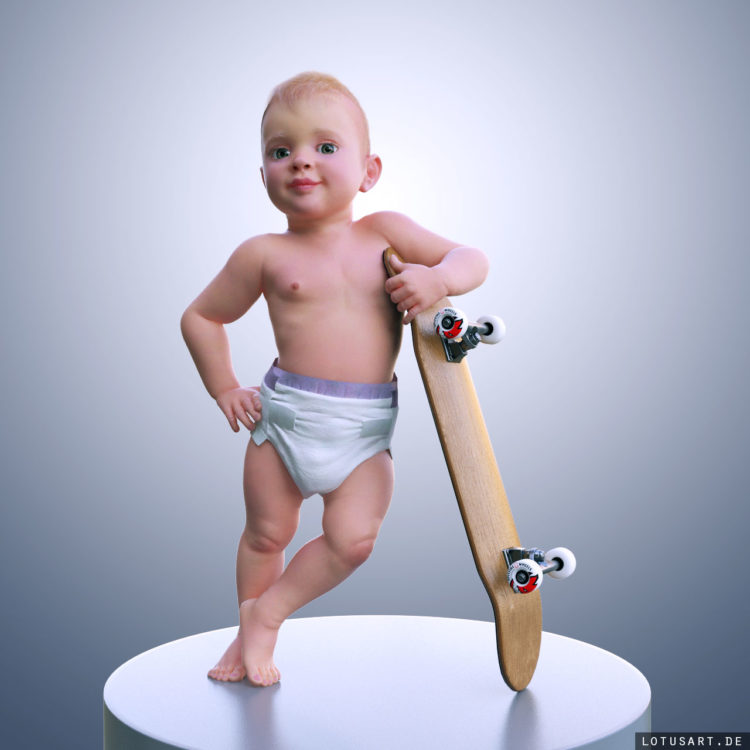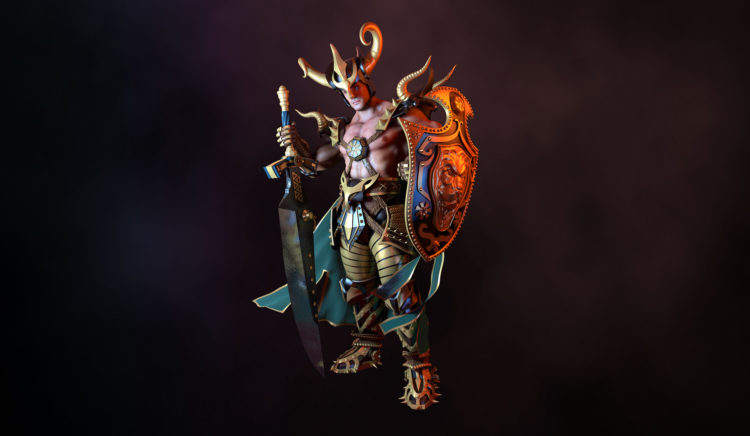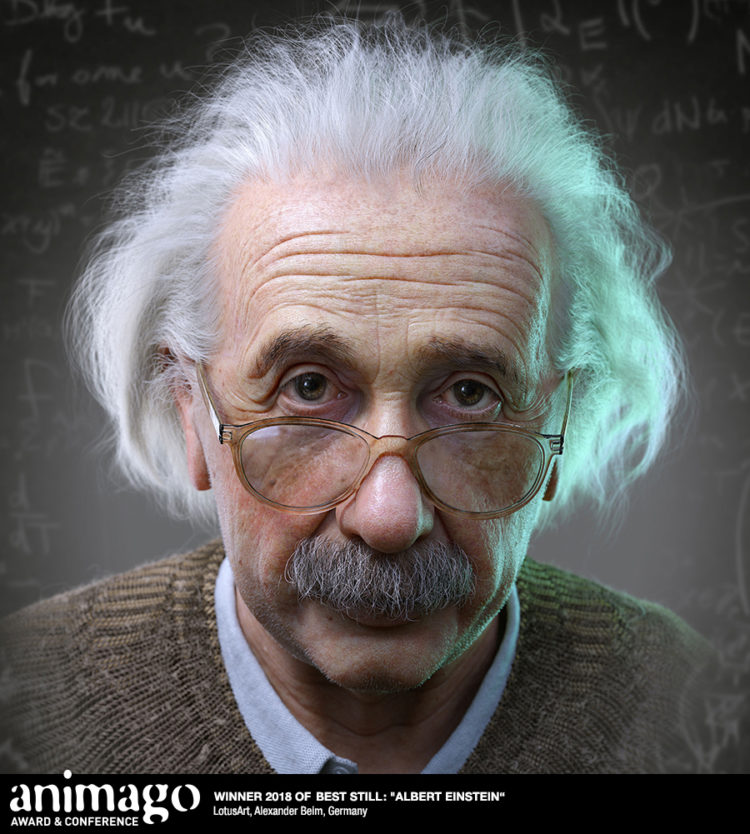As media partners of animago Award – an internationally renowned competition for 3D animation and still, visual effects, visualization and VR/AR/360° – we are happy to present you the winner of the Best Still category this year, CG artist Alexander Beim from Germany. In our exclusive interview, we speak about behind the scenes of his winning project, Albert Einstein, and about his approach to computer visualizations and animations in general.
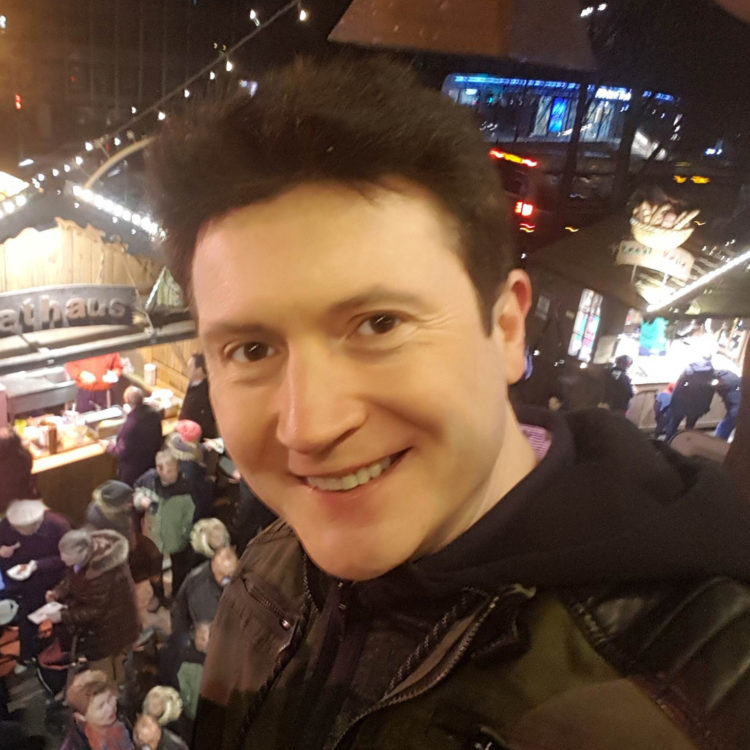
What’s your professional background? How did you start working in CG?
Since I was a child, I was an artist. I was drawing every day. As life went further, at the age of 12, I began to study painting at the art school. I enjoyed painting, also thanks to my teacher, who could inspire and promote my interest in art via the world of mystery and fantasy.
After finishing the art school, I tried out different activities. I was engaged in poetry and studying music. Although I enjoyed all those activities, I couldn’t stop painting. No matter where I was or what I did I always found an opportunity to paint. Sometime later I began to work with a computer. I was really fascinated with it and decided to take a computer school. During the school, we studied all forms and directions of multimedia. Then I realized that 3D was exactly what I needed. After graduating I continued specializing my knowledge in 3D. I spent many hours a day working on the PC, to learn to create pictures not with crayon or brush but with a computer and stylus. Now I believe I have reached my goal.
What’s your usual workflow working on a CG project? Do you work alone? If not, how do you plan and structure the work inside the team?
I am very flexible and often have to change my workflow. I am CEO at LotusArt and often work as freelancer generalist. That means, that mostly I work alone but on larger projects with a team of professional 3D artists. My professional experience is already 18 years and during this time I was able to expand my service. I carry out projects from technical visualization, architectural visualization, character concept, design, rigging to complete animations. Of course, such a wide range needs a lot of time for self-education. When I look at the time division in my life, I spend a half for self-education and another half for work and project management.
In your portfolio, there are different projects, from photorealistic arch viz and product renderings to cartoon-style animations and characters, which is your favorite genre and style?
Yes, that’s true. I get very different requests. I love everything but if I need to choose my absolute favorite, then it is photorealistic characters. From the idea to the final character animation. I also like to create 3D cartoons for children.
You won this year in Best Still category of animago Awards. Can you please tell more about this project? Why Einstein? How long did the work take? What software did you use? What were the difficulties that you faced and had to solve?
The picture was like an extension of a project for Swarovski Crystal Worlds / Heroes of Peace (André Heller). The idea is to revive three persons: Albert Einstein, Mohandas Gandhi and Martin Luther King in a hologram. I have taken over the creations and animation of Albert Einstein’s head. More about the project can be found here.
After the order was successfully completed, I decided to further invest my personal time and to create a picture based on my references. I was completely absorbed by this work – there was no deadline now, so I was improving the image over and over again. You can see the result. Because as I said, I was in no hurry anymore, I didn’t need to pay attention to the time. I think only the picture took about 2 months. For sculpting, I have used Zbrush. For rendering Maya and Arnold.
The main problem was to find really good reference pictures. In the time of Albert Einstein, there were not so good cameras and I could not find high-resolution and colored photos. It was still problematic to get the realistic skin. I saw a lot of amazing renderings of other 3d artists on ArtStation who got a very realistic skin with Arnold but I couldn’t achieve this result in my work for a long time. Later I realized that Arnold material is very dependent on the brightness of the textures. For this, I had worked in Maya with extra nodes to adapt the brightness already in Maya. That solved my problem.
What’s next? On which project are you working now?
I have a big project now. It’s almost the entire cartoon: with characters, fully animated. Here I have taken over the complete 3D production. This project has demanded full dedication and therefore I have no plan for the next one. To create a masterpiece you need two important things – infinite time and full decision power on the creation process. I think I will still have an opportunity to create something interesting again.
What can you advise to the 3d artists that just start their career?
Better do something else. Because you are creating a competition for me in the future. No, that’s a joke ☺. Good competition drives the development.
I recommend starting from the basics. Maybe, from an art school. One should first get the understanding of form, color, light, and shadow, perspectives, anatomy. That will be a very good basis. And then it is a good idea to finish a good 3d school. But most importantly, you really have to love what you do, even you don’t have a possibility to study in big schools.

 Russian
Russian
















